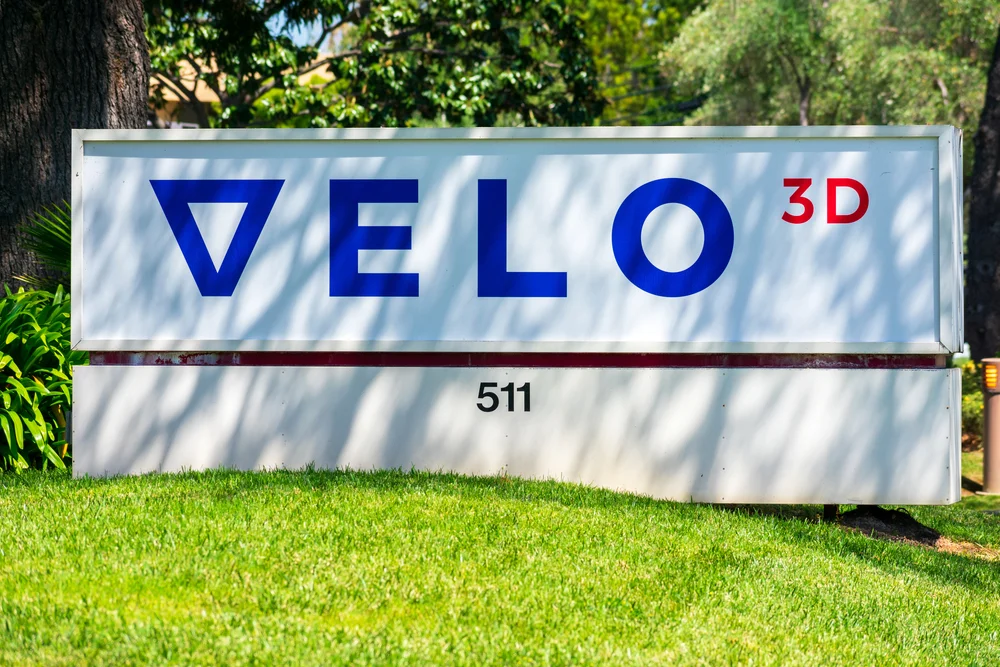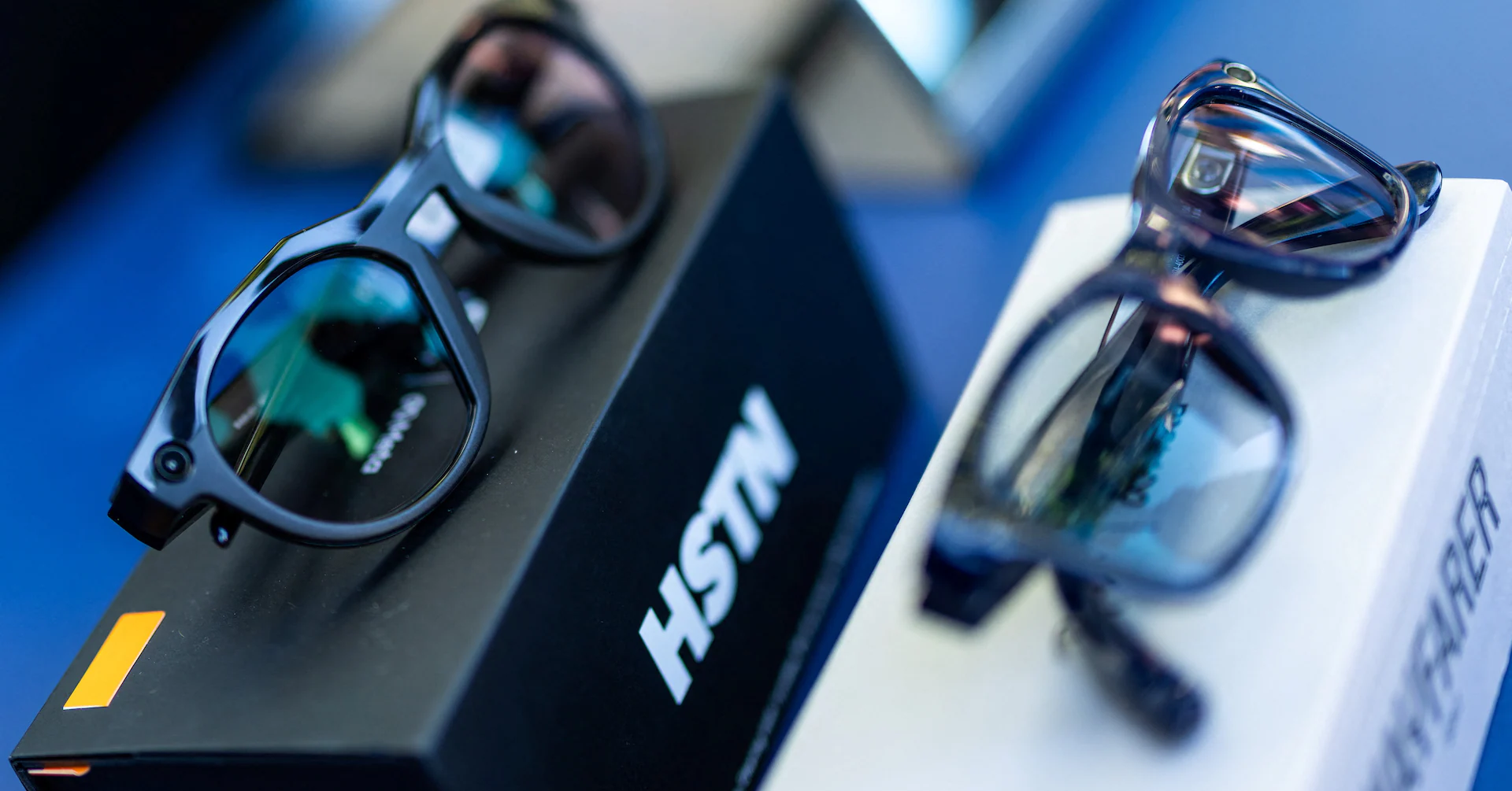
Velo3D’s defense contracts with the U.S. Army and RTX Corp RTX, formerly Raytheon Technologies, may be grabbing headlines, but the bigger growth story could be unfolding in orbit.
SpaceX is already a customer, and that relationship shows how the company’s metal 3D printing platform can scale far beyond defense.
Track RTX stock here.
From Machines To A “Digital Foundry”
Velo3D doesn’t see itself as a machine seller — it sees itself as the AWS (Amazon Web Services) of manufacturing. “Customers don’t just need machines, they need reliable, on-demand production capacity anywhere in the world,” CEO Arun Jeldi told Benzinga in an exclusive email interview.
The company’s digital foundry model lets parts be designed once, then consistently produced across a global network of printers.
That consistency matters when the customer is SpaceX. Whether for propulsion systems, launch components or satellites, manufacturing precision isn’t just a nice-to-have — it’s mission critical. If Velo3D can replicate its platform at scale, it becomes the infrastructure layer for aerospace manufacturing, just as Amazon.com Inc‘s AMZN AWS became the cloud backbone for the internet economy.
Read Also: Can’t Buy SpaceX Stock? SoFi Just Opened The Backdoor — And It Starts At $10
SpaceX As Proof Point
Landing SpaceX as a customer gives Velo3D credibility in one of the most demanding industries. For investors, this isn’t just about incremental revenue — it’s validation that the technology works at scale. SpaceX builds fast, iterates faster and demands absolute reliability. If Velo3D can meet that bar, it can likely serve the broader commercial space ecosystem now taking shape — from satellite constellations to lunar landers.
The Investor Takeaway
Velo3D is carving out a platform play in industries that value speed, scalability and reliability above all else. Defense deals with the Army and RTX show near-term demand. SpaceX shows long-term potential.
If the company succeeds in turning its digital foundry into the go-to manufacturing backbone for aerospace and space exploration, the upside could extend far beyond individual contracts.
For investors, this isn’t just a defense growth story — it’s a space platform story in the making.
Read Next:
Firefly Vs. RocketLab: Wall Street’s New Space Race Has A Defense Twist
Photo: Shutterstock



